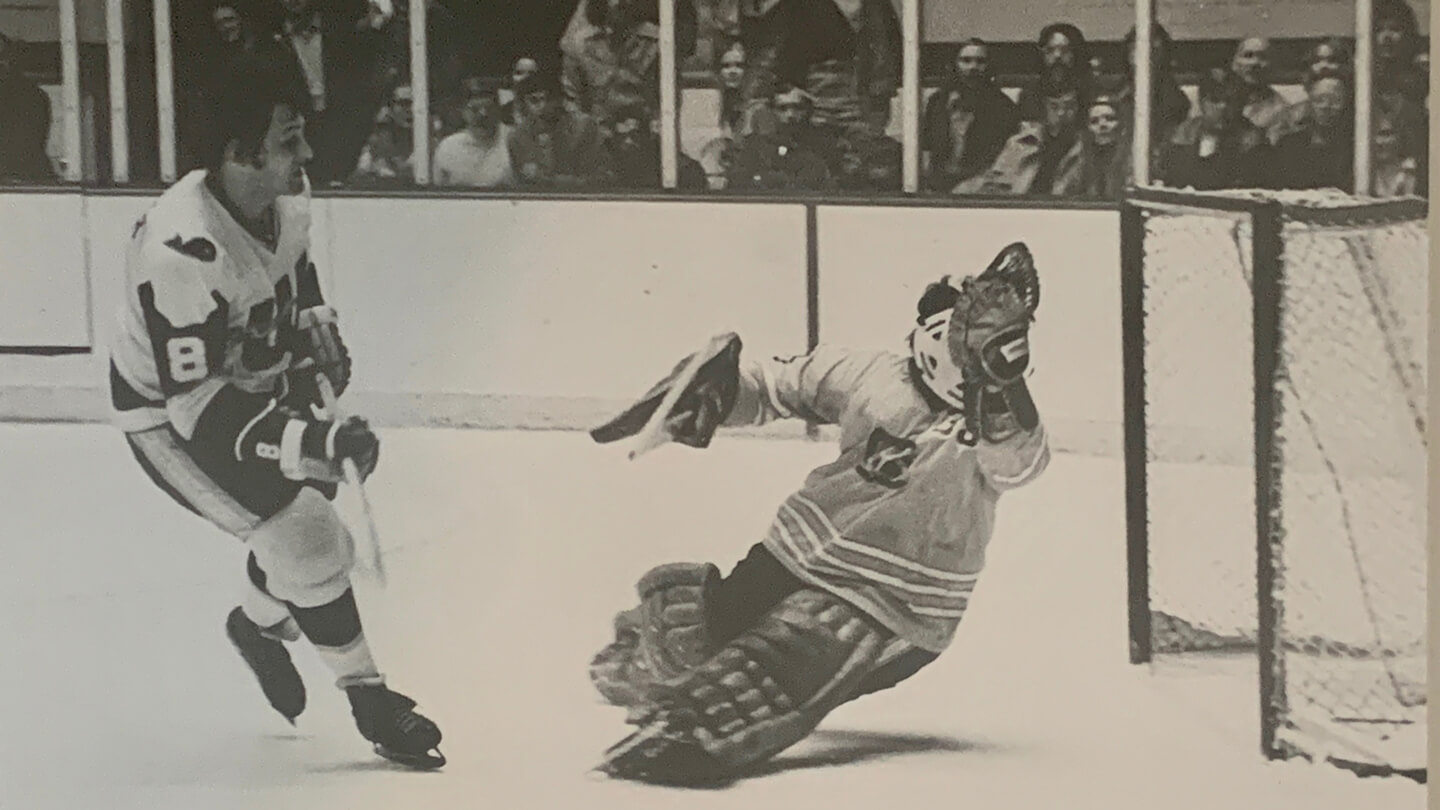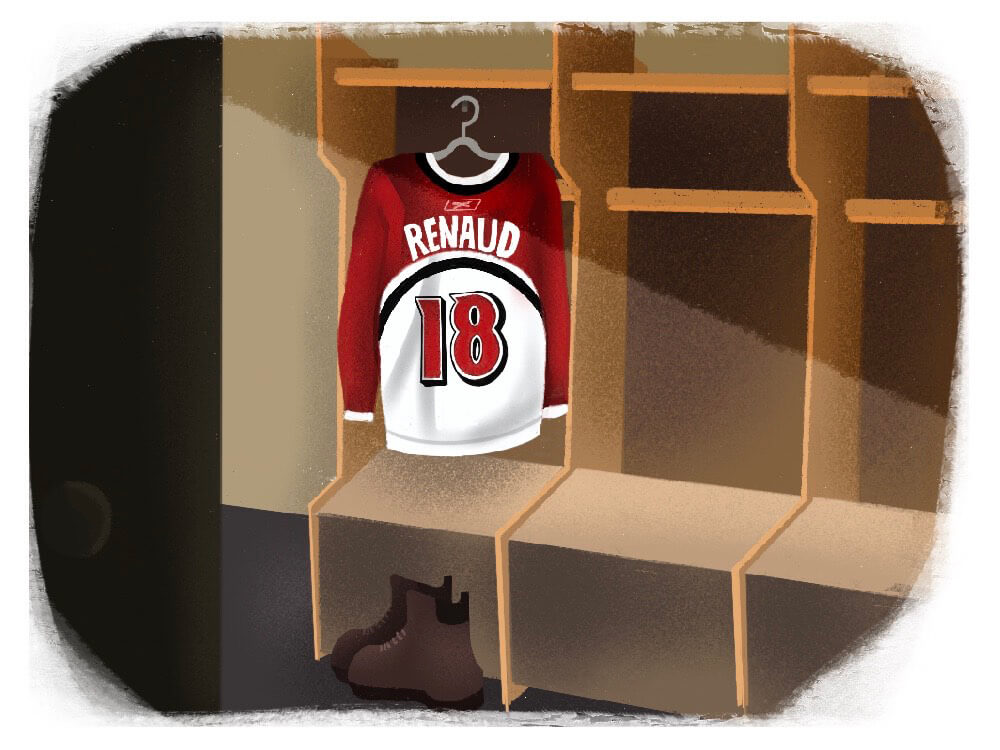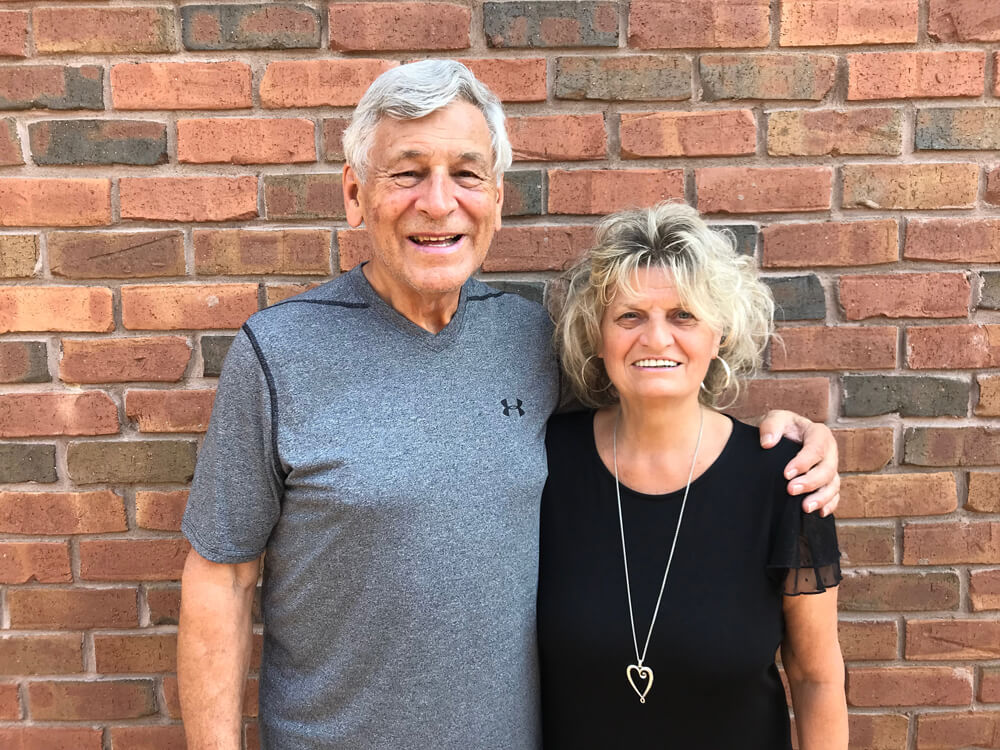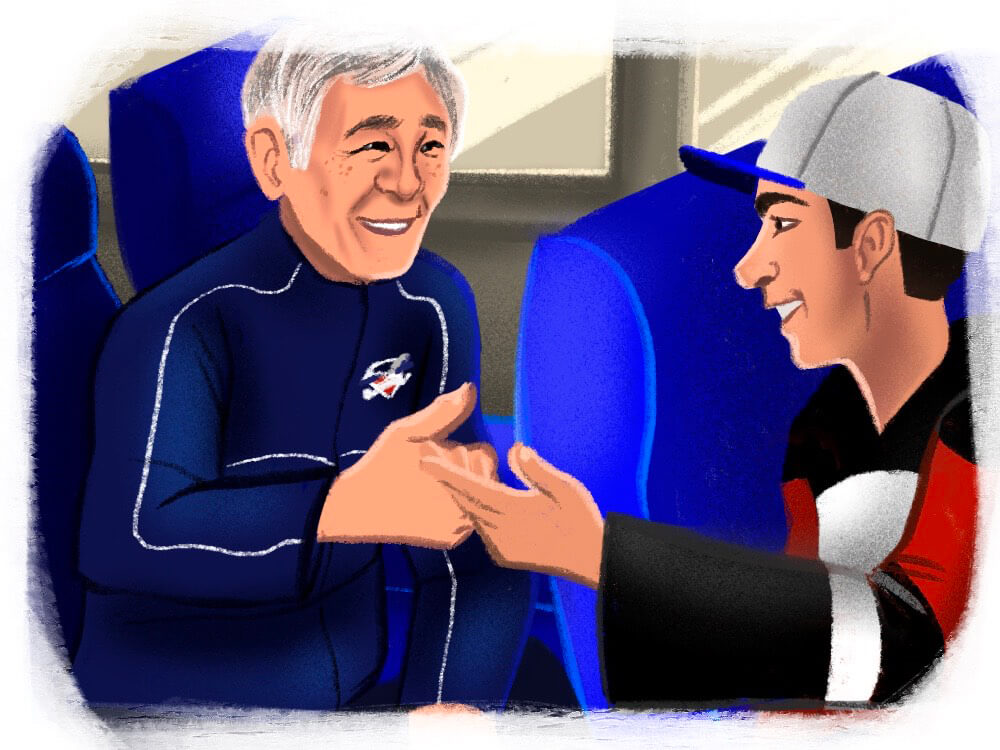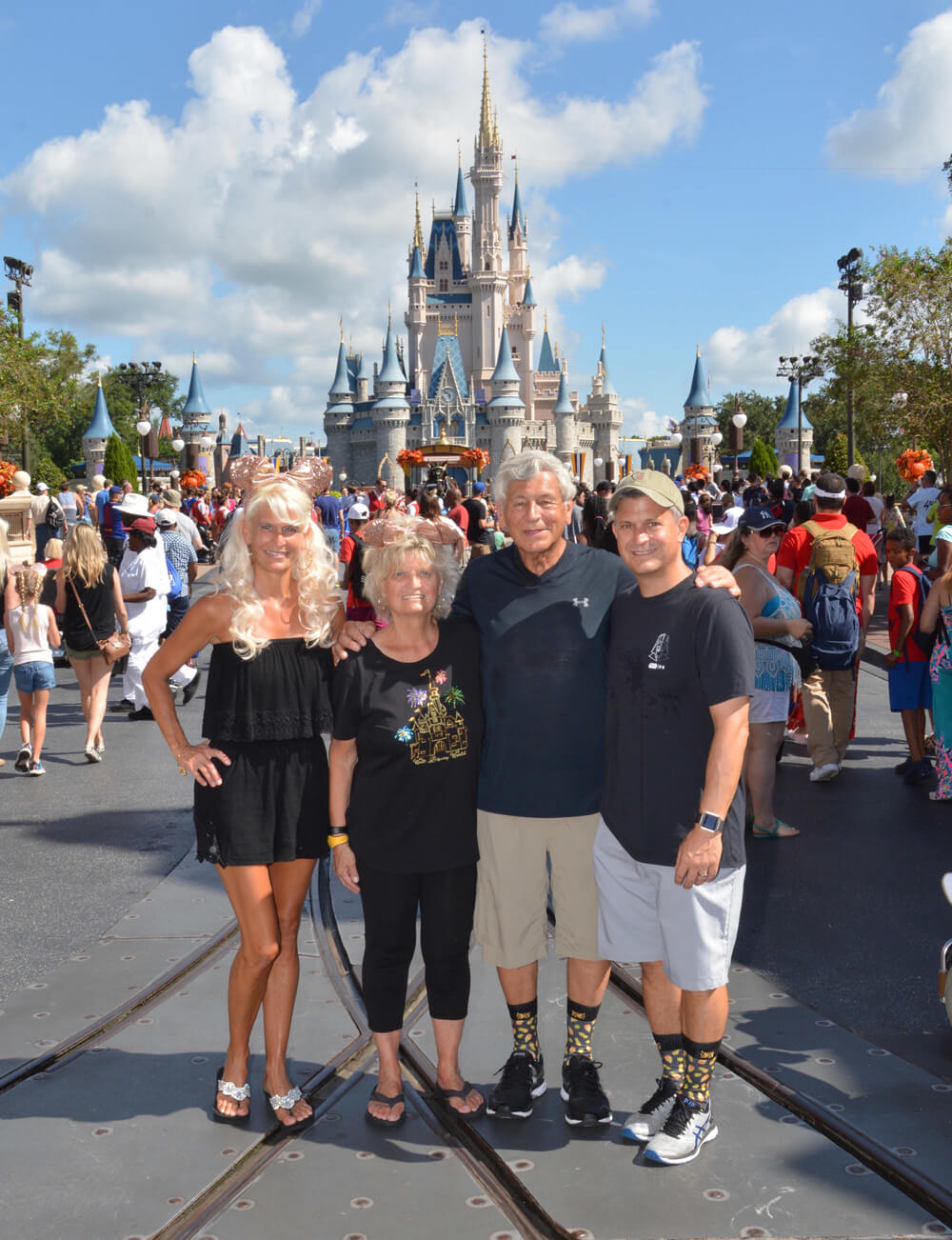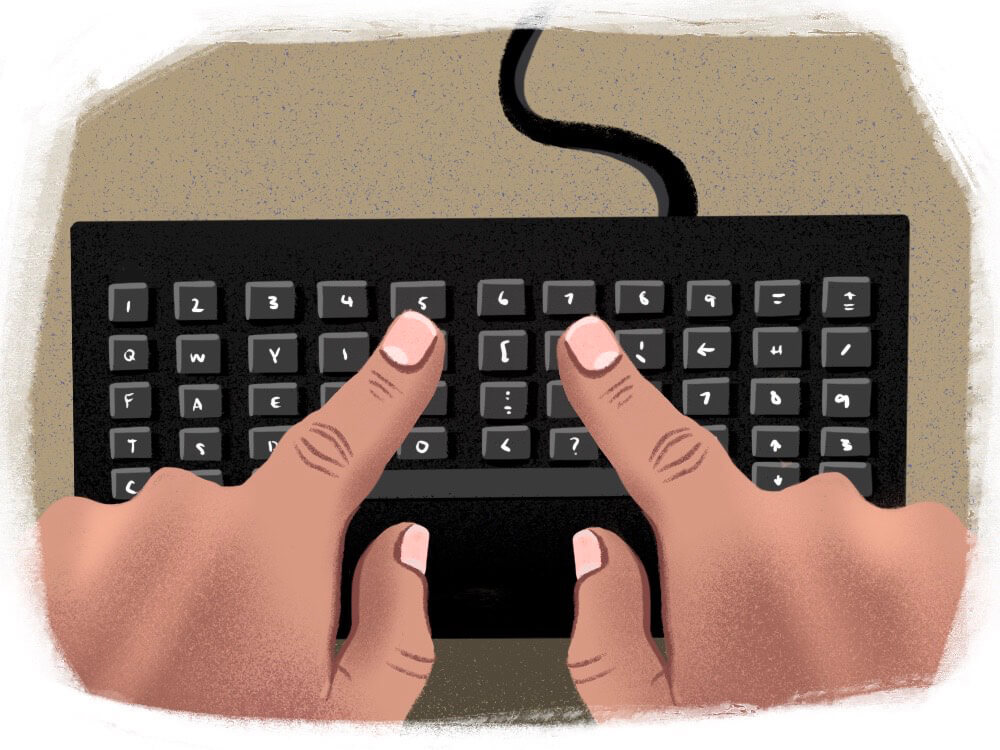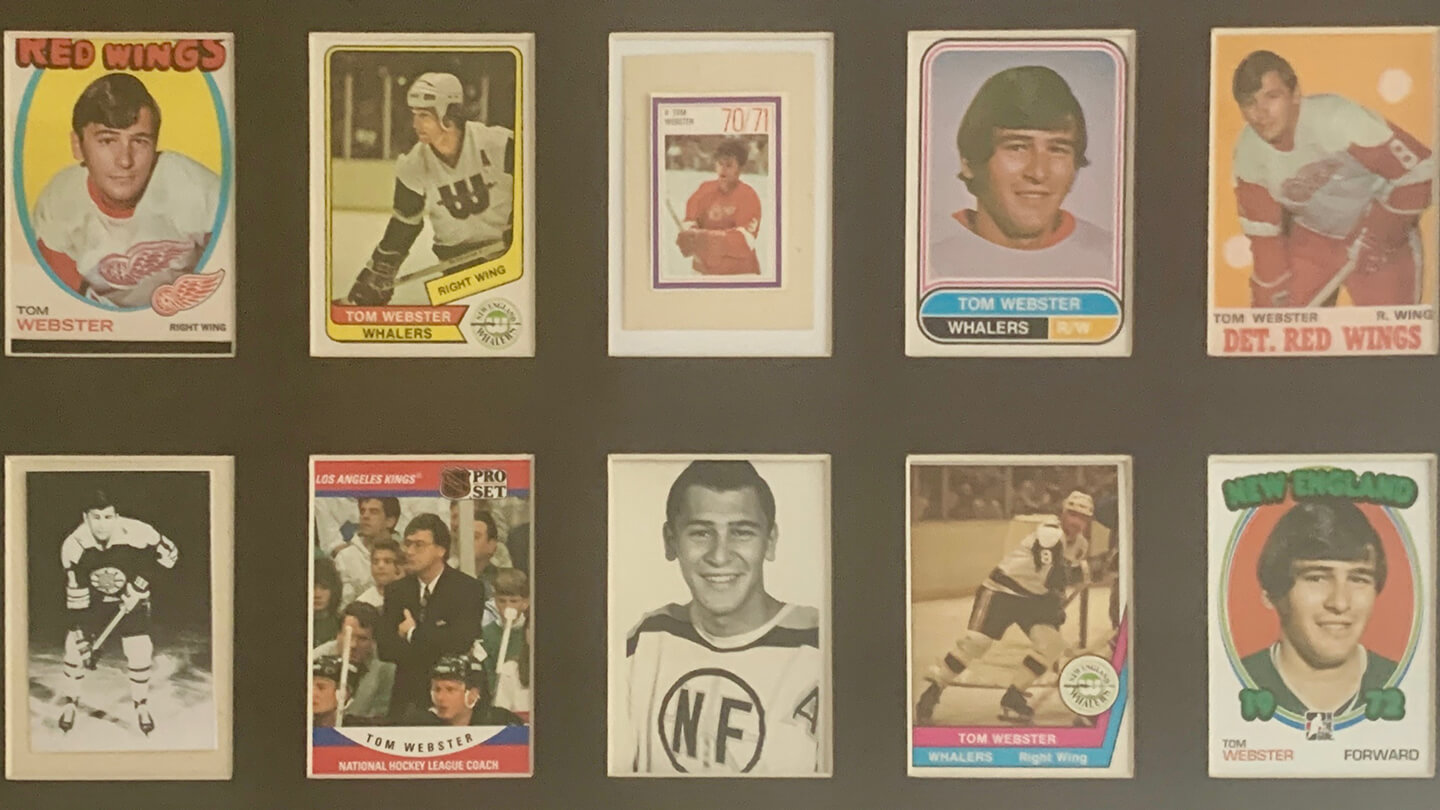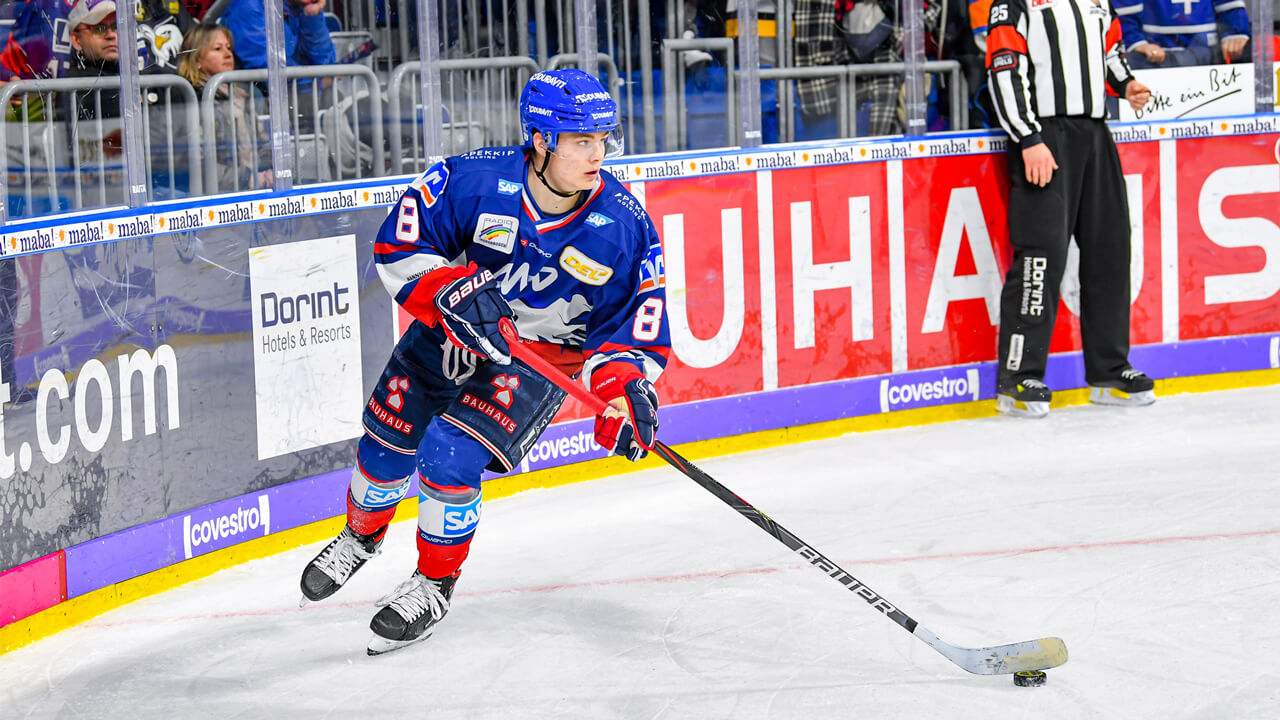When Tom Webster came out of the Windsor dressing room that morning back in February 2008, I approached him, expressed my condolences, and made some terribly empty small talk about the awful circumstances. He struggled to find the words. “He was a great kid, a special kid, great family,” Webster said. “I really think Mickey would have made … he had a real shot at it. No one would have worked harder. The work boots they put in front of his stall … they always give those to the hardest working player in the game, but they’ll stay at his stall from now on.”
The speculative scouting report was eating Webster up word by word. He cut it off at that vague thumbnail because Mickey Renaud’s game was just one of the smaller pieces of the tragic loss.
“What did you say to the players you were sitting down with?” I asked.
“I told them that it’s okay to feel what they were feeling and that my heart went out to them,” he said. “It’s too fresh. Playing a game doesn’t move you past this. This isn’t about hockey. Not even a little bit. It’s about a friend and probably for most of them, the first time they’ve had a friend die. There’s no getting ready for that. I just let them talk.”
I pulled out a notebook to take down a couple of lines. Seeing it, he said, “If you can, can you leave me out of the story? Don’t mention that I was in there talking to them. This isn’t my time. This is the boys’ time. This is Warren’s and Bob’s time. I’m trying to help out but this isn’t my time.”
I respected that. His name didn’t appear in the story.
Those who knew him best didn’t object when I told them I planned to write about Tom Webster walking out of the Spitfires’ room, his eyes reddening, doing his best to maintain his composure. Yeah, he would have been embarrassed by the attention, but he probably would have also understood the importance of giving those closest to him a chance to tell those he never met how much he’s missed. This is his time.



